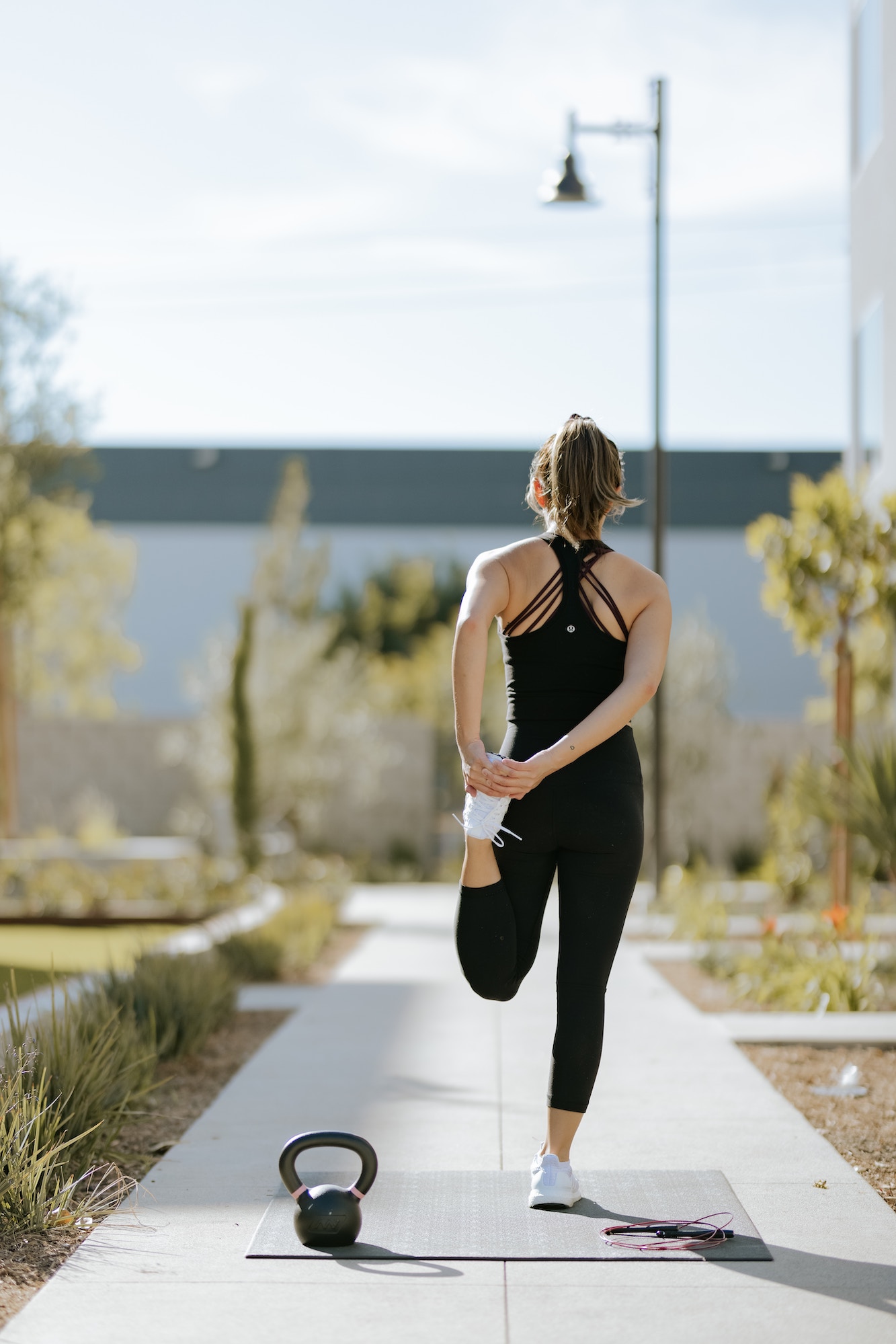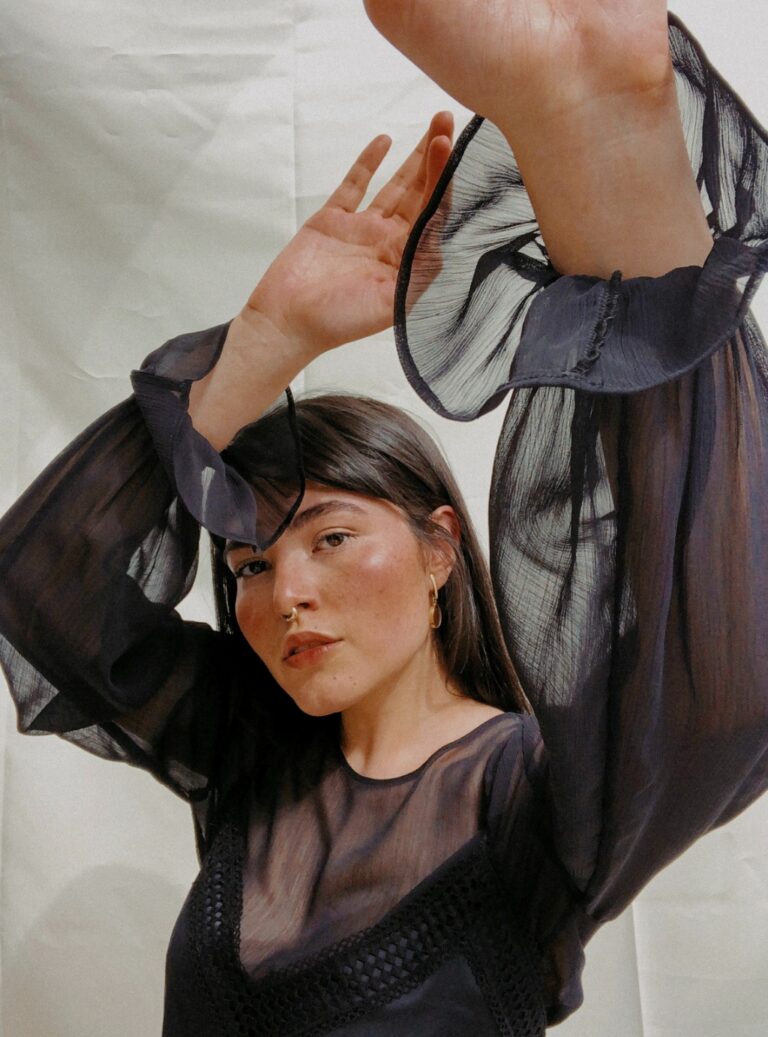
It’s no secret that fast-fashion is detrimental to our planet’s resources with endless amounts of clothing and packaging ending up in landfills each year.
While we all love to splurge on something new for our wardrobes, there’s nothing quite like finding that one-of-a-kind hidden gem at your local op-shop. With the rise of resale platforms like Designer Wardrobe and Depop, shopping sustainably has never been easier (or more gratifying).
The benefits of secondhand shopping:
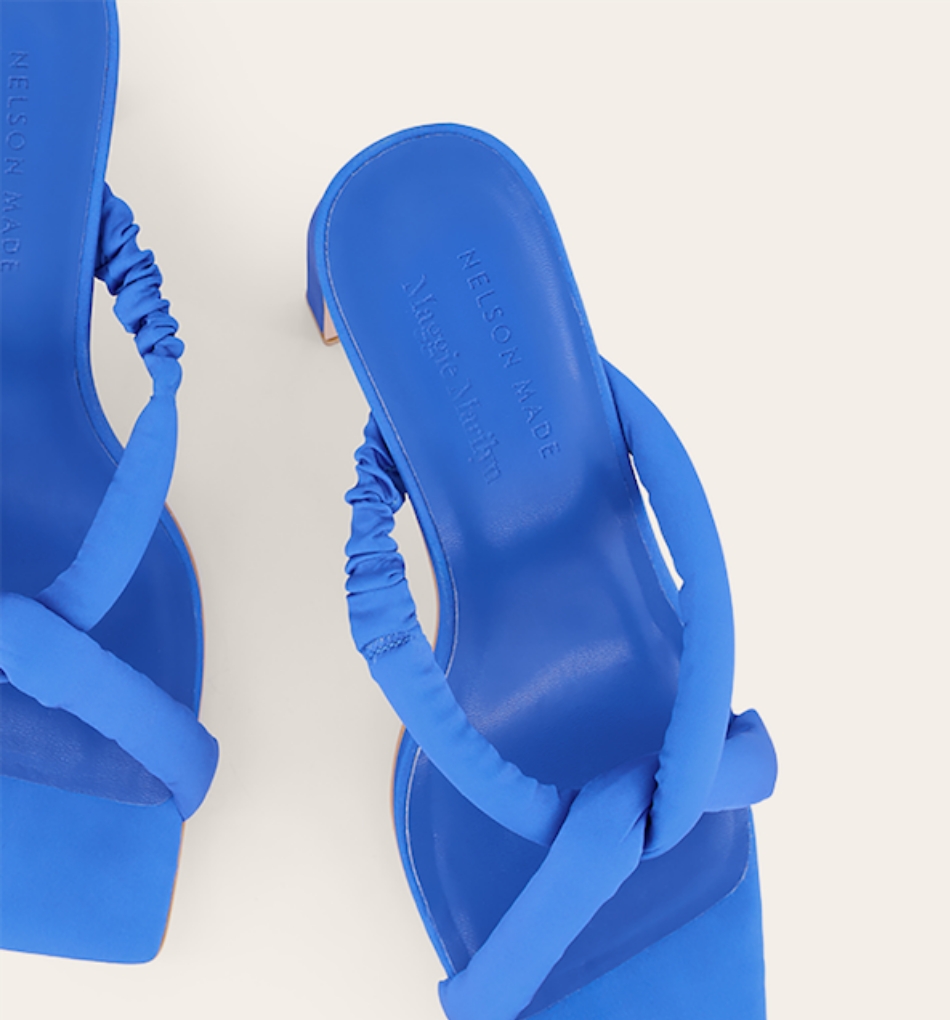
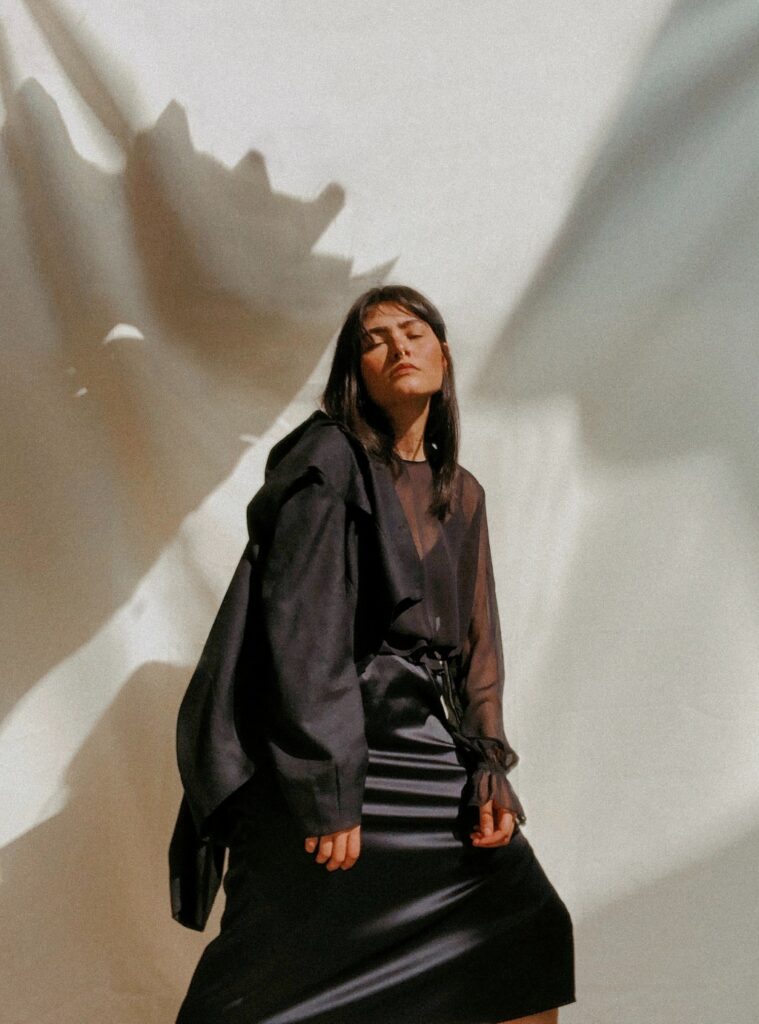
1. You can track down exclusive, limited-edition pieces that have sold out
When it comes to buying things new, many brands are making the move to release smaller, limited edition collections that focus on lessening the impact of clothing production on the planet. While we may endeavour to purchase from these small-release collections, the limited supply means that many miss out, despite our best efforts. Shopping second-hand, particularly on platforms like Designer Wardrobe, is an ideal way of accessing these exclusive, limited-edition pieces. Just ask FQ Collective’s managing editor, Sarah.
“I bought a pair of electric blue Nelson Made x Maggie Marilyn heels off Designer Wardrobe last year. I’d been obsessed with them for about 18 months, however they were sold out before I managed to secure a pair,” says Sarah.
“I stumbled upon them one day while scrolling on Designer Wardrobe and couldn’t believe my luck. I bought them immediately. They had been worn once but were in great condition – still my best second-hand buy to date!
2. The post-purchase dopamine hit keeps on giving
Unlike buying new from mass-produced labels, shopping second-hand gives you the opportunity to buy a completely unique item from a vintage designer or brand that is no longer in circulation. When the stars align and you stumble across the ~perfect~ item that fits, the excitement lasts longer because you appreciate how rare it is.
Take our digital editor Louise’s experience for example – she acquired some 100% leather trousers in pristine condition for $200 in winter 2021.
“They’re from an obsolete New Zealand designer from the ’70s-’80s,” she says.
“They have incredible moto-inspired stitching around the knees, a slight kick flare, and they sit low in the hip. I purchased them from this wee store in my hometown’s local village called Smart Exchange Boutique. It’s very unassuming from the outside but there are some incredible gems to uncover from time to time.”
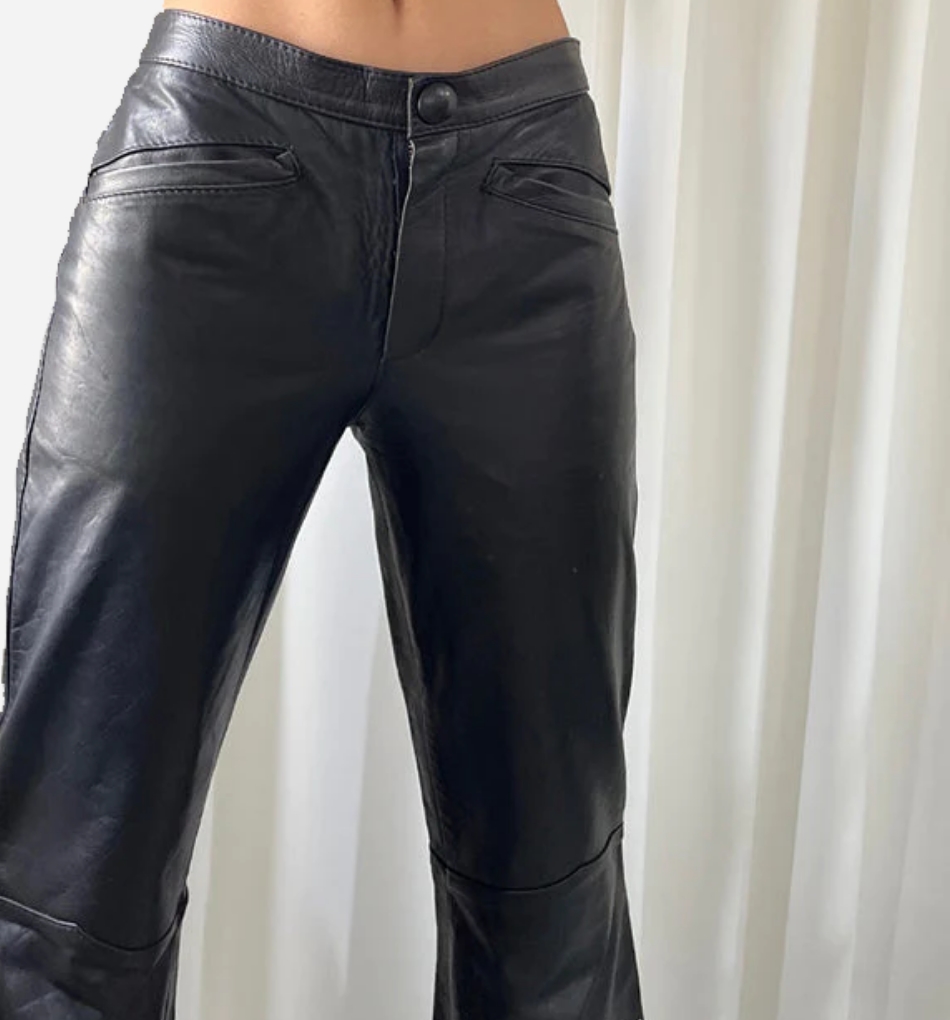
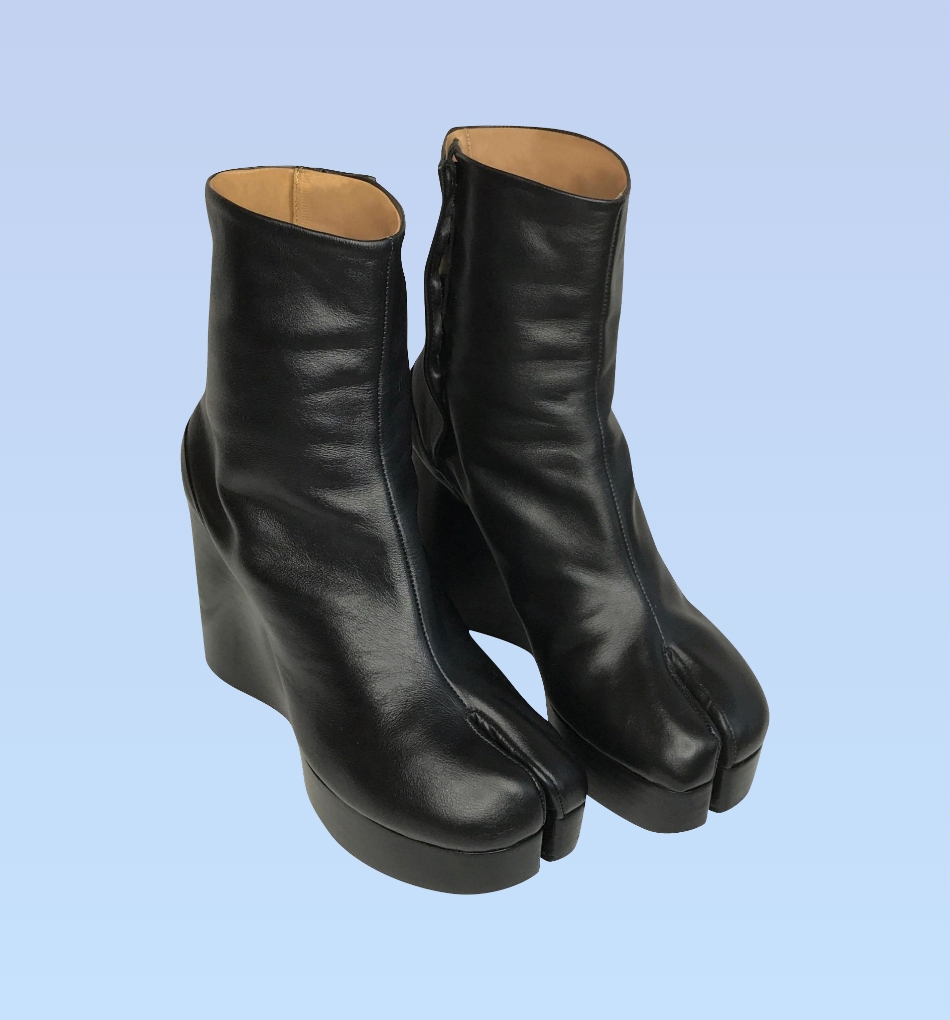
3. You can access high-price designer labels for a fraction of the price
As much as we love designer brands, they’re not always the most accessible when it comes to price. While saving up to buy those must-have pieces is always an option, second-hand shopping can give you a taste of luxury at just a fraction of the price. As a longtime label-lover and op-shop connoisseur, FQ Collective’s editorial assistant Amberley reveals her favourite second-hand designer find.
“While I have many treasured pieces from the likes of Tatty’s and Recycle Boutique, my favourite second-hand purchase actually came from an online boutique called Exchange Store, which specialises in selling second-hand designer goods,” she says.
“I was browsing the site one day and happened upon a pair of wedge-style tabi boots by Maison Margiela in my size – something I’d been wanting for a long time. While they weren’t the cheapest second-hand item I’ve ever found, they were half the price of a new pair of tabis and in great condition. They have been a staple in my wardrobe ever since!”
4. It gets you offline and supporting local
Ditch the uncertainty of online shopping and learn to love your local op shops. From designer-focused offerings such as Tatty’s and Recycle Boutique, to your nearest Salvation Army or hospice shop, by shopping second-hand you can personally do your part to support small businesses, charities and communities, all while securing a fabulous find.
5. You’re helping preserve the planet
As we know, the fashion industry is one of the biggest polluters of the environment, requiring huge amounts of energy and natural resources to allow for production. When you purchase a garment second-hand, the energy and natural resources required to manufacture the garment have already been utilised, meaning you’re not contributing to demand for mass-produced clothing. Doing your part for the planet has never been easier.




